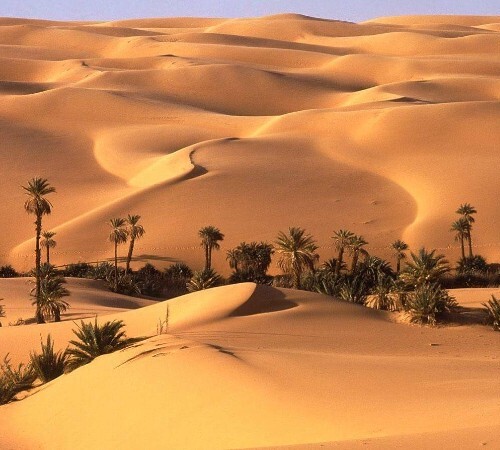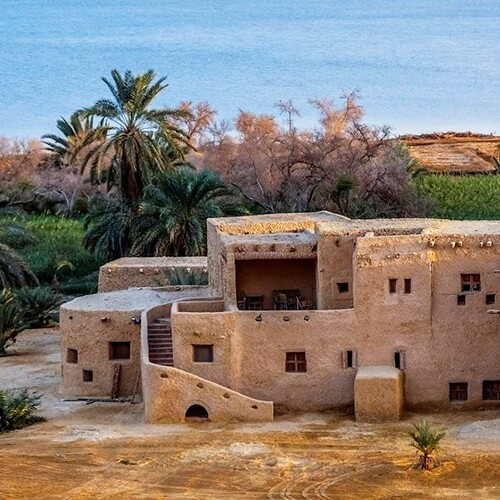History Echoes
Echoes of the Past: Bahariya Oasis' Historical Saga
Nestled within Egypt’s Western Desert, the Bahariya Oasis has woven its history through the tapestries of time, dating back to the Pharaonic era. Once a cornerstone of the ancient wine and agricultural industries, Bahariya’s story is partially shrouded in mystery, with only fragments revealed through Nile Valley tomb paintings from the early New Kingdom and Middle Kingdom periods.
The Oasis Through Ages
In the Theban tomb of Vizier Rekhmire (Dynasty XVIII), a scene captures the people of the Northern Oasis in striped kilts, paying tribute. The oasis flourished during the Third Intermediate Period, driven by the growing influence of Libyans in Egypt, and became a pivotal route connecting the Libyan border to the Nile Valley, bustling with caravans.
Under Dynasty XXVI, Bahariya emerged as a vital trade hub, governed by local rulers. Notable are the tombs near Bawiti, final resting places of influential governors like Amenhotep Huy from Dynasty XIX and others from Dynasty XXVI. Landmarks from this era include a temple attributed to Alexander the Great and another dedicated to King Apries.
Roman interactions with Bahariya were largely unknown until the discovery of Roman Papyri at Oxyrhynchus. These findings, alongside extensive Roman ruins and aqueducts, suggest a once-thriving, populous oasis.
Modern Historical Significance
A chance discovery in March 1996 unveiled a large necropolis, home to about 10,000 exquisitely preserved mummies, donning golden face-masks, likely from the Graeco-Roman period. This discovery, among others, catapulted Bahariya from historical obscurity to an archaeological treasure trove, boasting sites like the “Valley of the Golden Mummies.”
The oasis also holds a unique religious history. Post-Roman times saw a stronger persistence of Christianity in Bahariya than in other Egyptian oases, withstanding the spread of Islamic influence until the 17th century – a distinction evident in the lack of Islamic monuments found there.
Bahariya’s demographic tapestry is rich and varied, home to original inhabitants, Bedouin tribes from the Western Desert, and migrants from the Nile Valley and Central Egypt. The mid-20th century saw economic challenges prompting migration to cities like Cairo. However, governmental initiatives like the 1958 “New Valley” project spurred a gradual return, bolstered by infrastructural developments, including paved roads and mineral mines.
Today, Bahariya’s population approximates 30,000, thriving from tourism drawn to its archaeological wonders. The 1938 arrival of Egyptian archaeologist Ahmed Fakhry marked the first modern exploration by car, taking two to three days from Cairo. He found four primary villages, including Bawiti, now the administrative hub, where remnants of its historical past coexist with modern developments.
Tourists can still immerse themselves in a rich tapestry of ancient monuments, lush gardens, springs, and modern amenities. However, due to ongoing excavations and media attention, access to some sites requires coordination with local antiquities authorities.
This revitalized oasis, once a crossroads of ancient civilizations, now stands as a testament to Egypt’s enduring allure, inviting modern explorers to uncover its layered past and vibrant present.
Created On May 4, 2020
Updated On January 26, 2024



